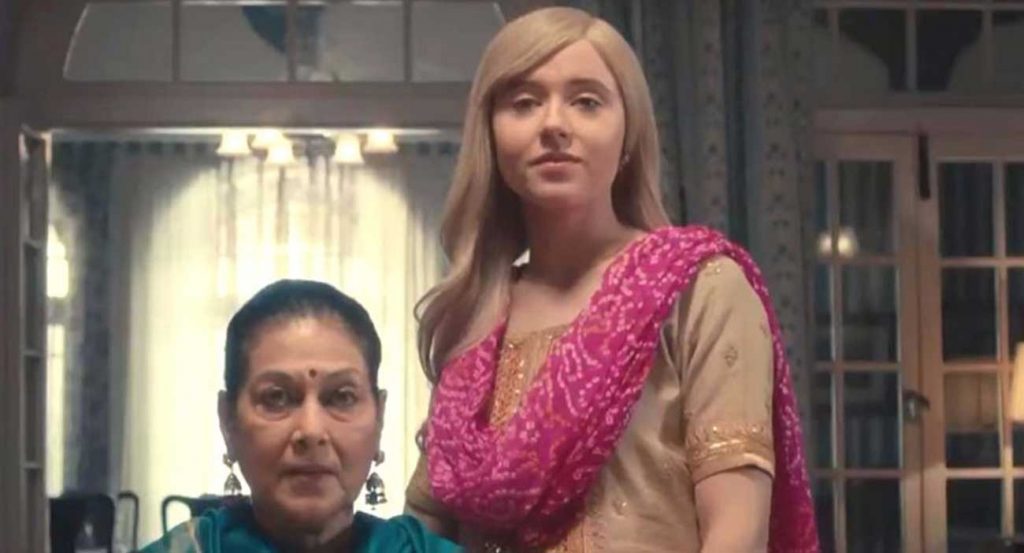Indians are obsessed with white skin tone. There is no denying that. There is a reason why fairness creams such as Fair and Lovely still have a huge market in a country of brown-skinned people, why all hell breaks loose if our grandmothers see us tanned and why turmeric is still most used spice in Indian households, not in the food but on the face.
From the online clothing portals which showcase white models for Indians shoppers to advertisements for moisturizing creams that do less moisturizing and more whitening as per the ad campaigns, India has long held inclination towards the white skin.
Corporates have used this obsession to their advantage with using white models for most ads but the advert for an Australian cooking oil Wagga Wagga has taken this one step forward by featuring an- Australian Bahu.
Trials of Lucy Kaur
The ad features the trials of Lucy Kaur, an Australian married to an Indian international student, who tries to win over her husband’s diabetic family by cooking meals for them in ‘made-in-Australia’ oil. The Hindi-speaking Australian bahu claims that she understands ‘family-needs’, and thus cooks her food in “Wagga Wagga Diabetes Care Oil” which helps control blood sugar. The family becomes a ‘convert’, no surprises there.
Lucy’s father-in law proudly says, “Not everyone can get a bahu like Lucy, but they can certainly get diabetes care oil.” The oil may or may not appeal to the customers but the advert has already gone viral thanks to an Australian bahu who perfectly fits the Indian beauty standards and even talks in Hindi! Looks like things can’t get better.
Merging the ‘Desi’ with ‘Videsi’
From organic beauty products such as Vicco to the popular urban cream, Fair & Lovely, white skin seemed to have dominated the Indian beauty scene. This precisely explains why foreign models are more sought after and better paid in India. But now with the advent of Hindi-speaking foreign models, the obsession seems to be dissolving the Indian identity altogether.
The ad seems to have resonated so well with the Indian audience because of the typical saas-bahu storyline– with an international twist. With rising number of students studying abroad and increasing global marriages, it aims to find a connect with them.
Some even see the ad as a step towards inclusivity. “This maybe an early sign that Indians are becoming tired of the constant message of ‘foreign is bad’ and want to be more inclusive, not isolated,” Pooja Rawat, associate partner, Quantum Consumer Solutions, tells afaqs.
But there are others who feel the angle of the Australian bahu was unnecessary. “The only thing that didn’t work for me was the Australian girl talking in Hindi. Yes, they have tried to spell out ‘Australian’ but I tried to ignore it. And yes, why would I buy an Australian cooking oil to fry ‘tikkis’?”, says Sagar Kapoor, executive director, Lowe Lintas India’s leading advertising agency.
All in all, though the viral Australian advert, comes with a message of widening our perspectives about marriage–barring religion and nationality, it also raises a simple question in our mind–would the ad work if it was an African bahu not an Australian?
